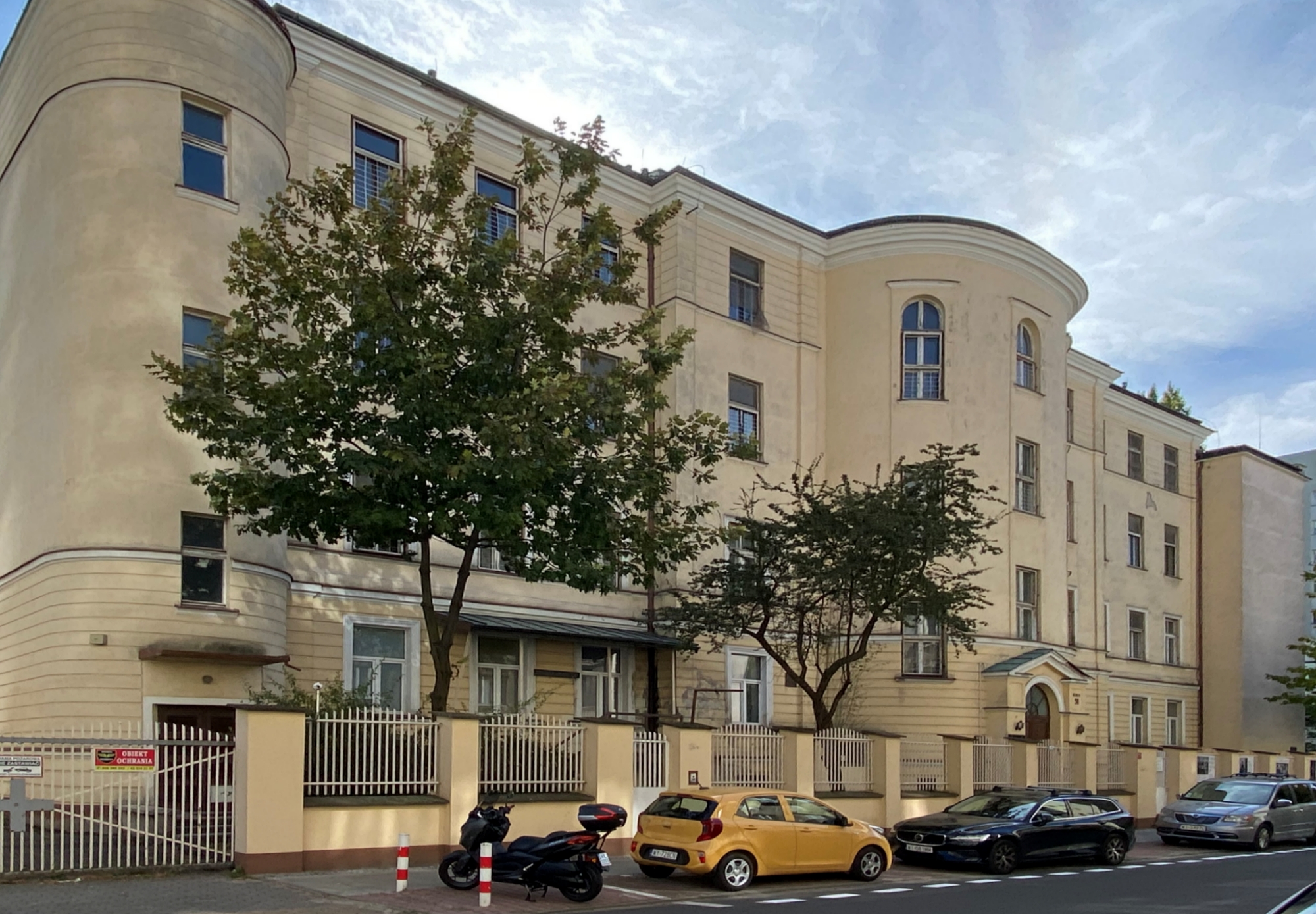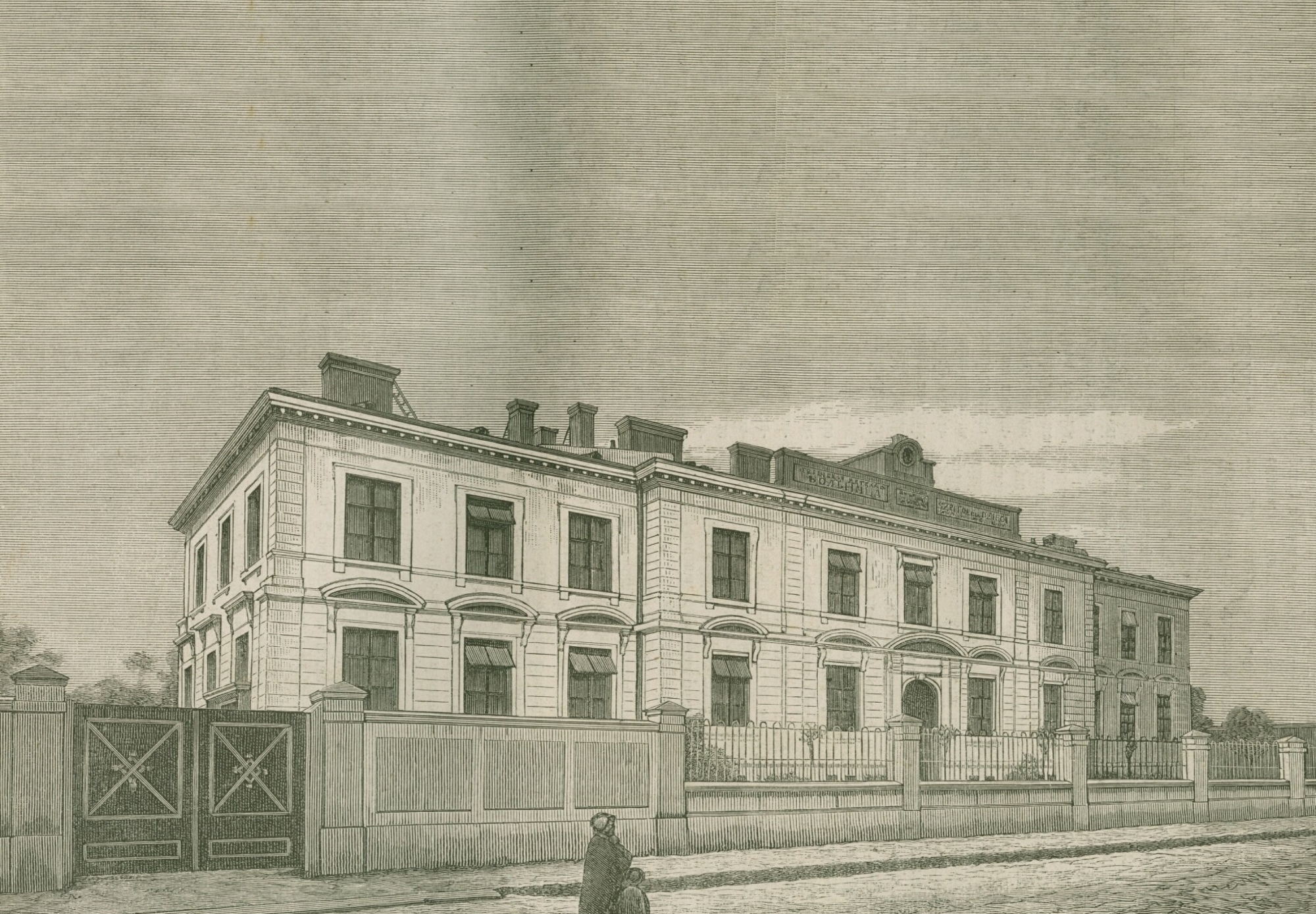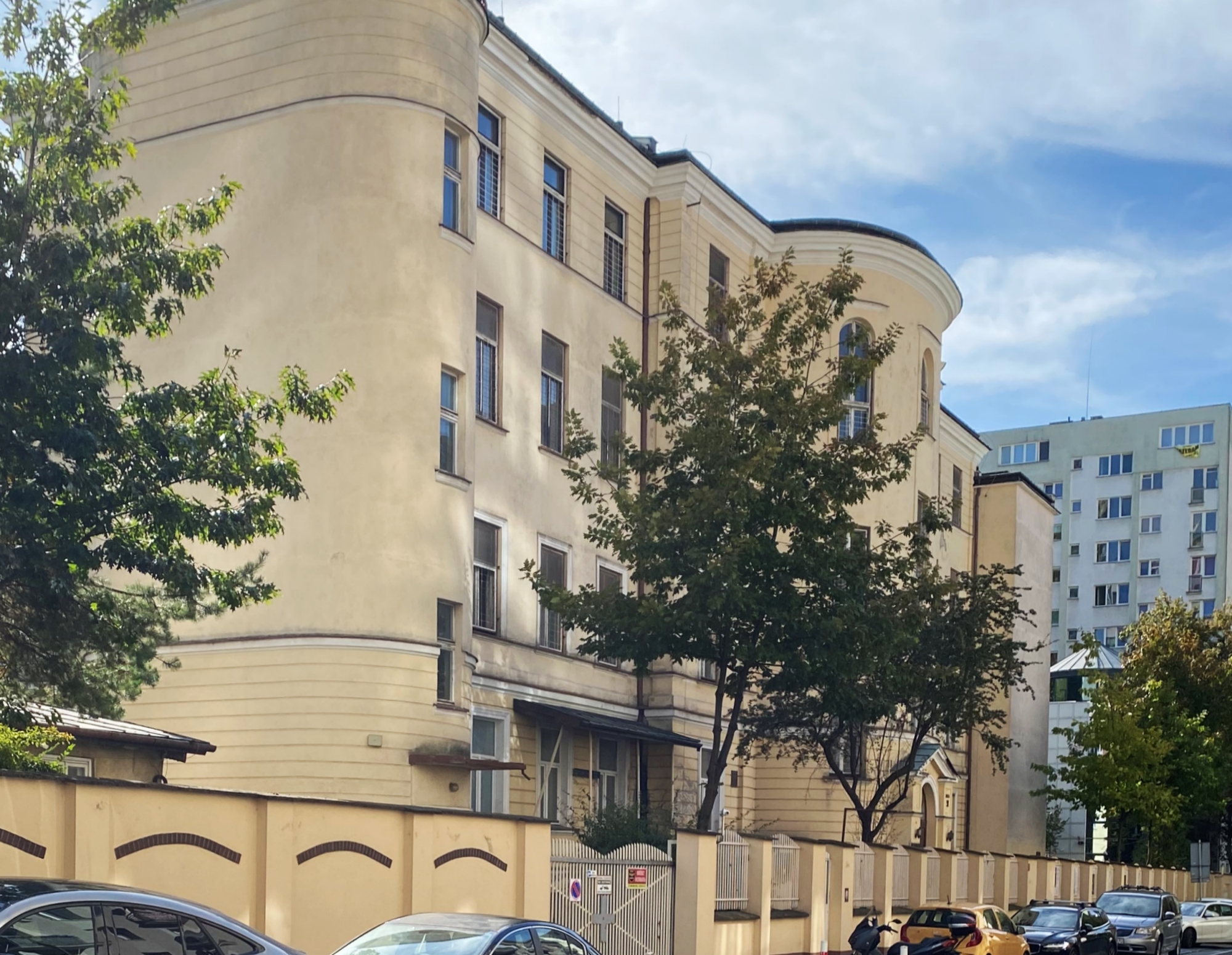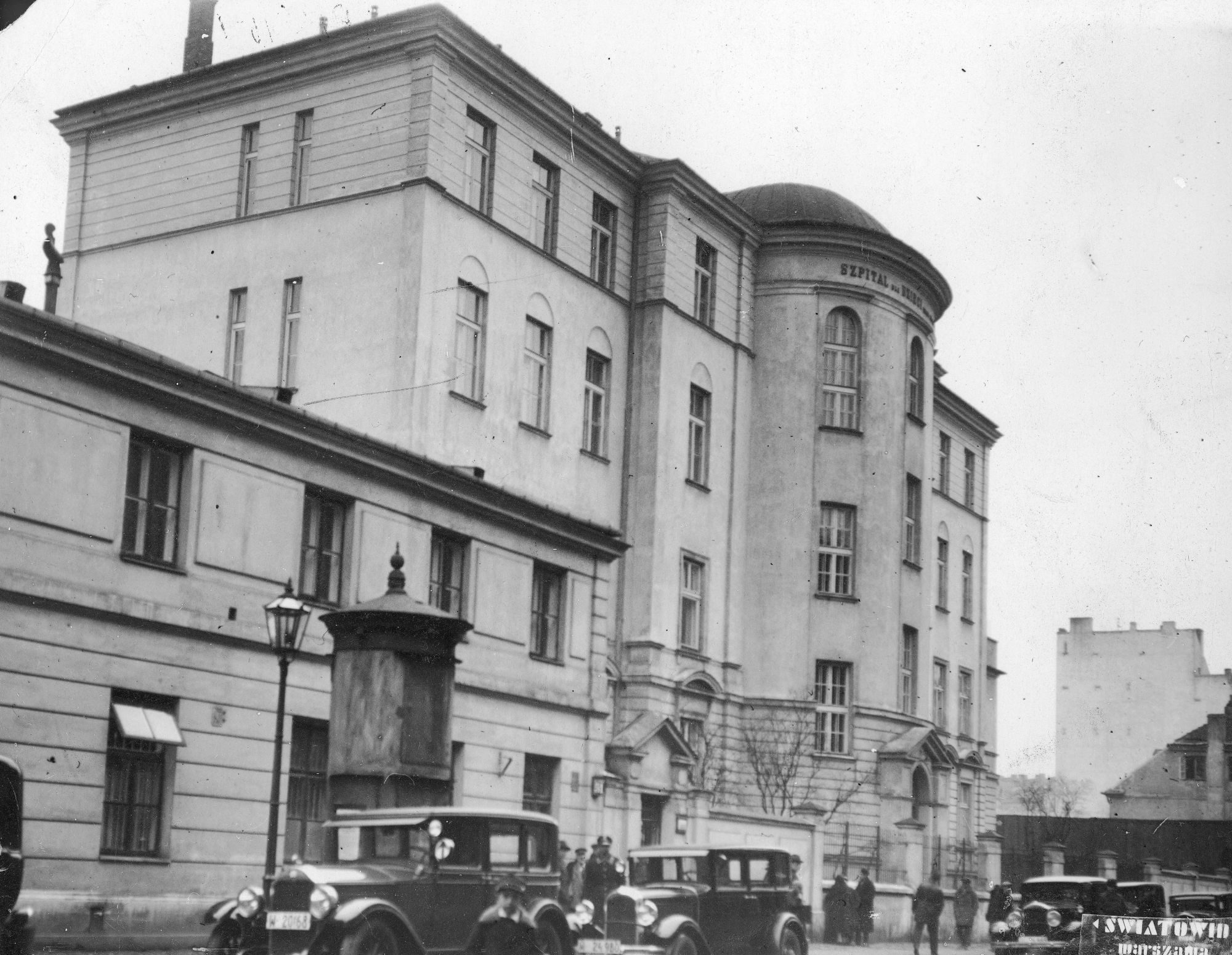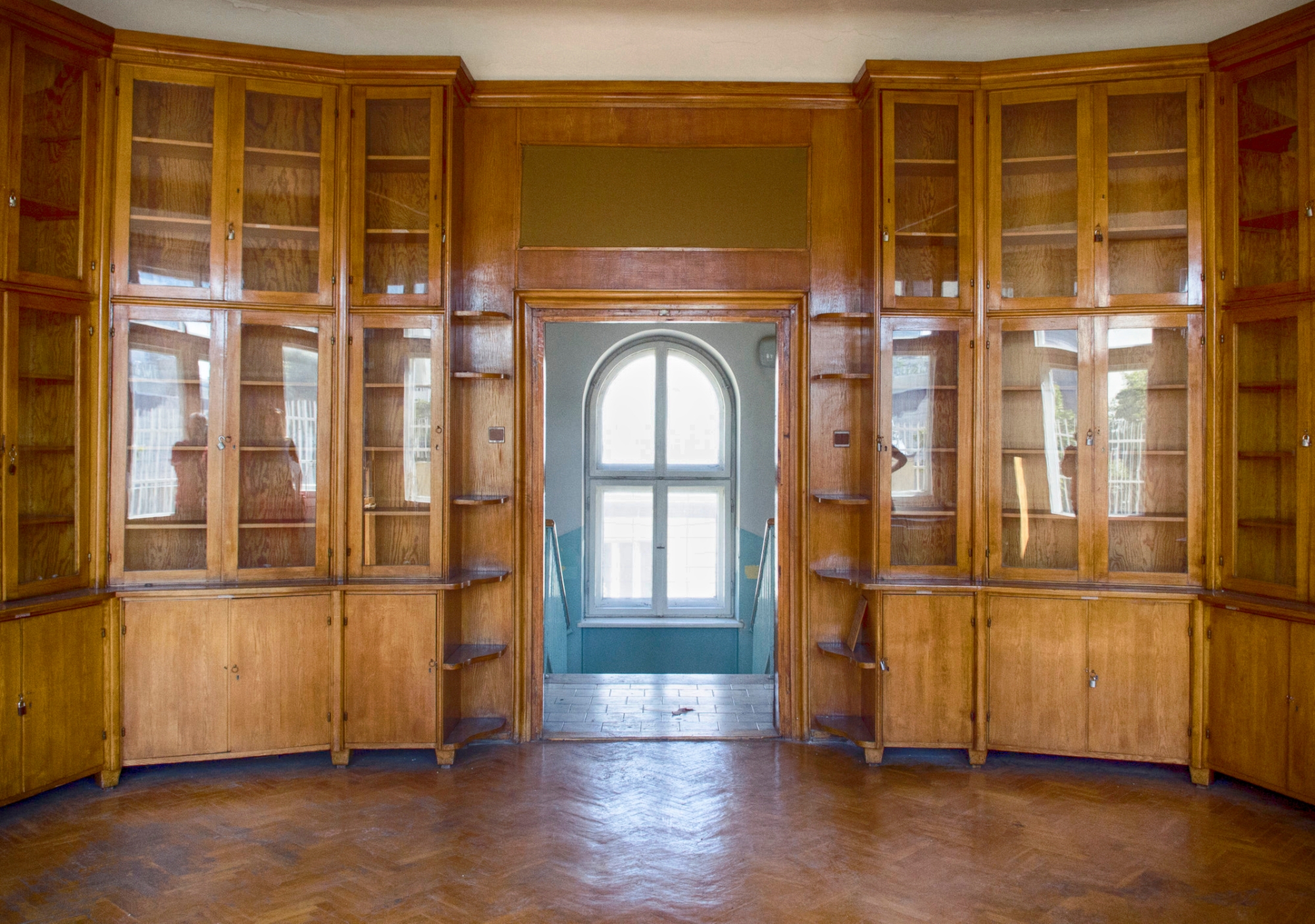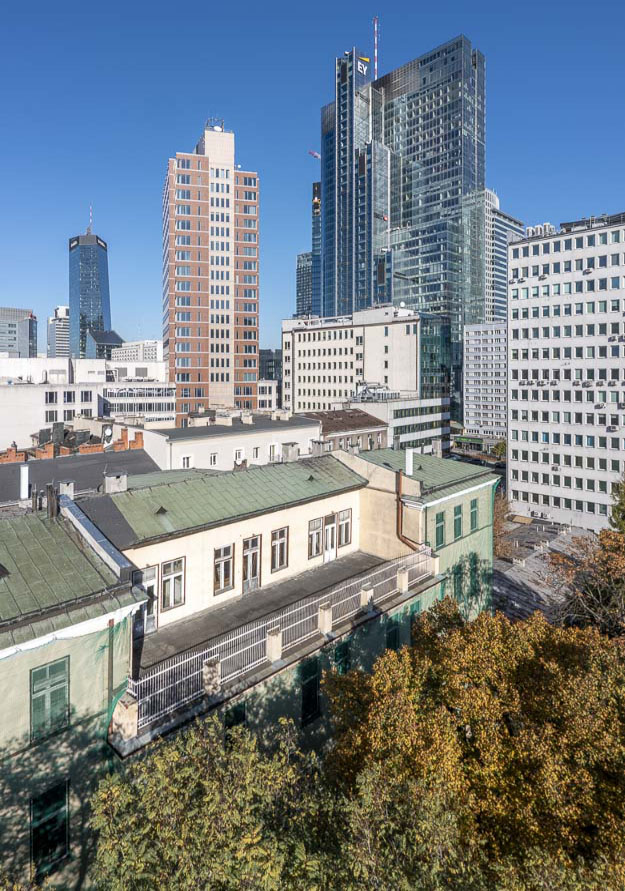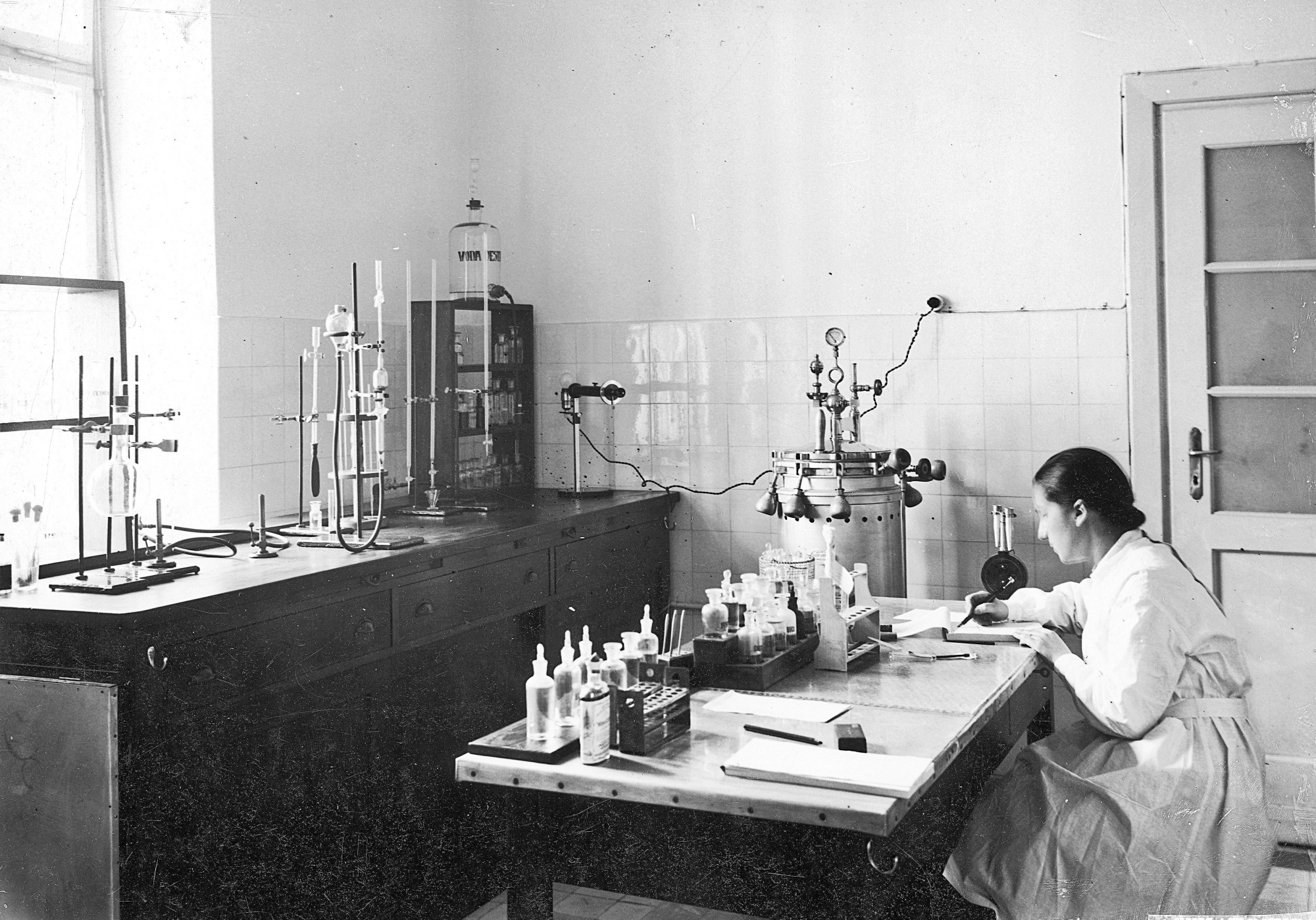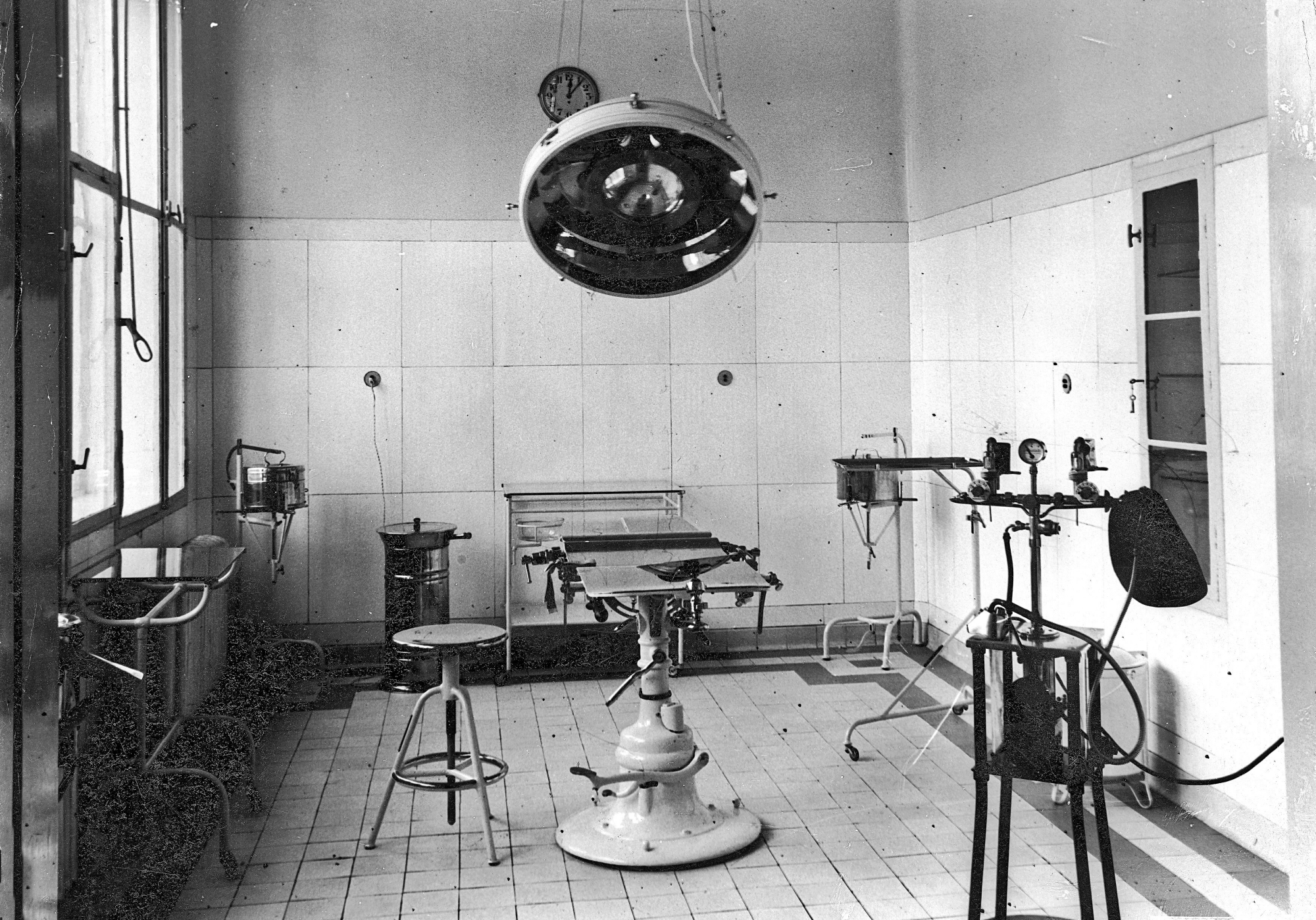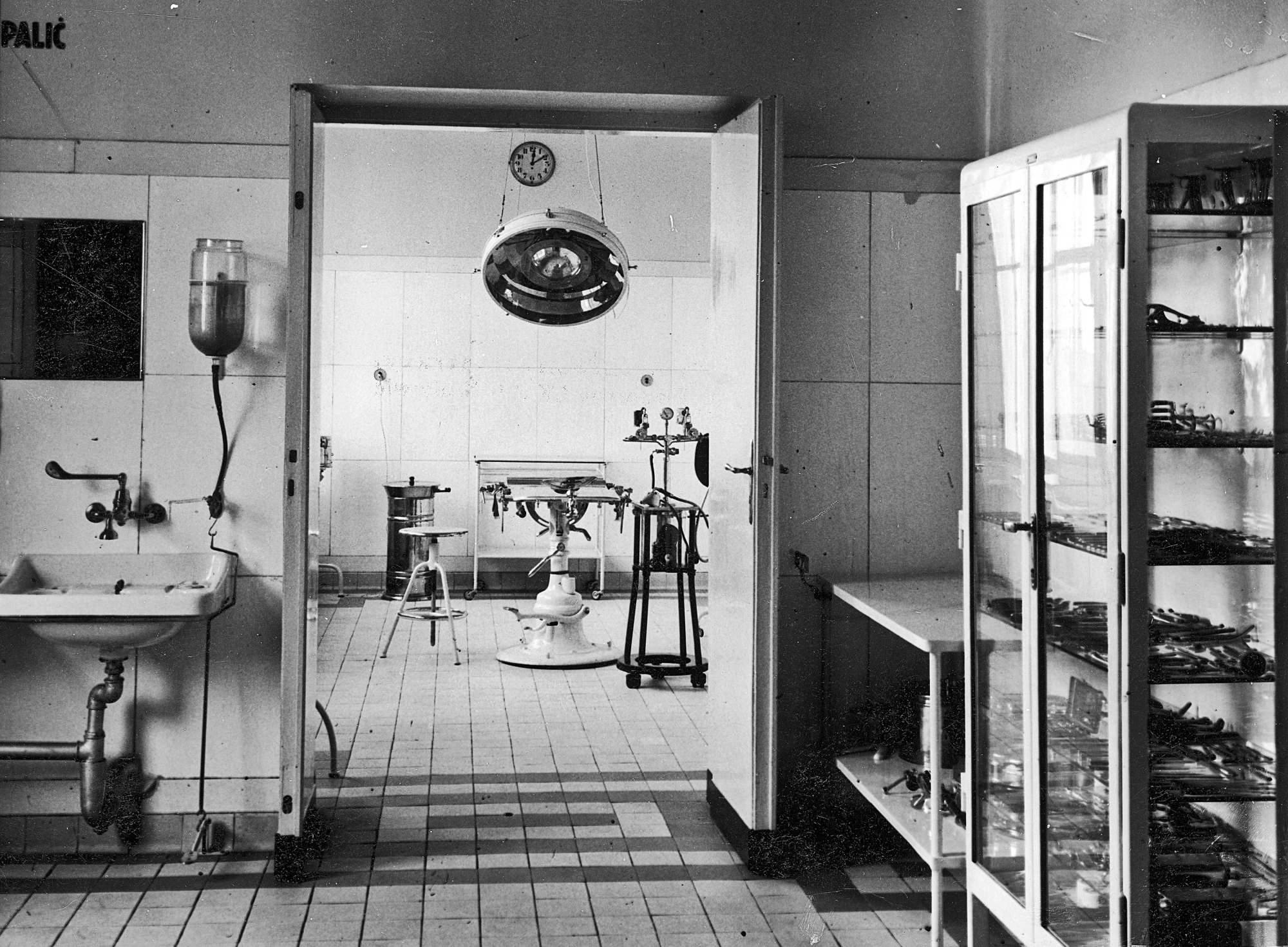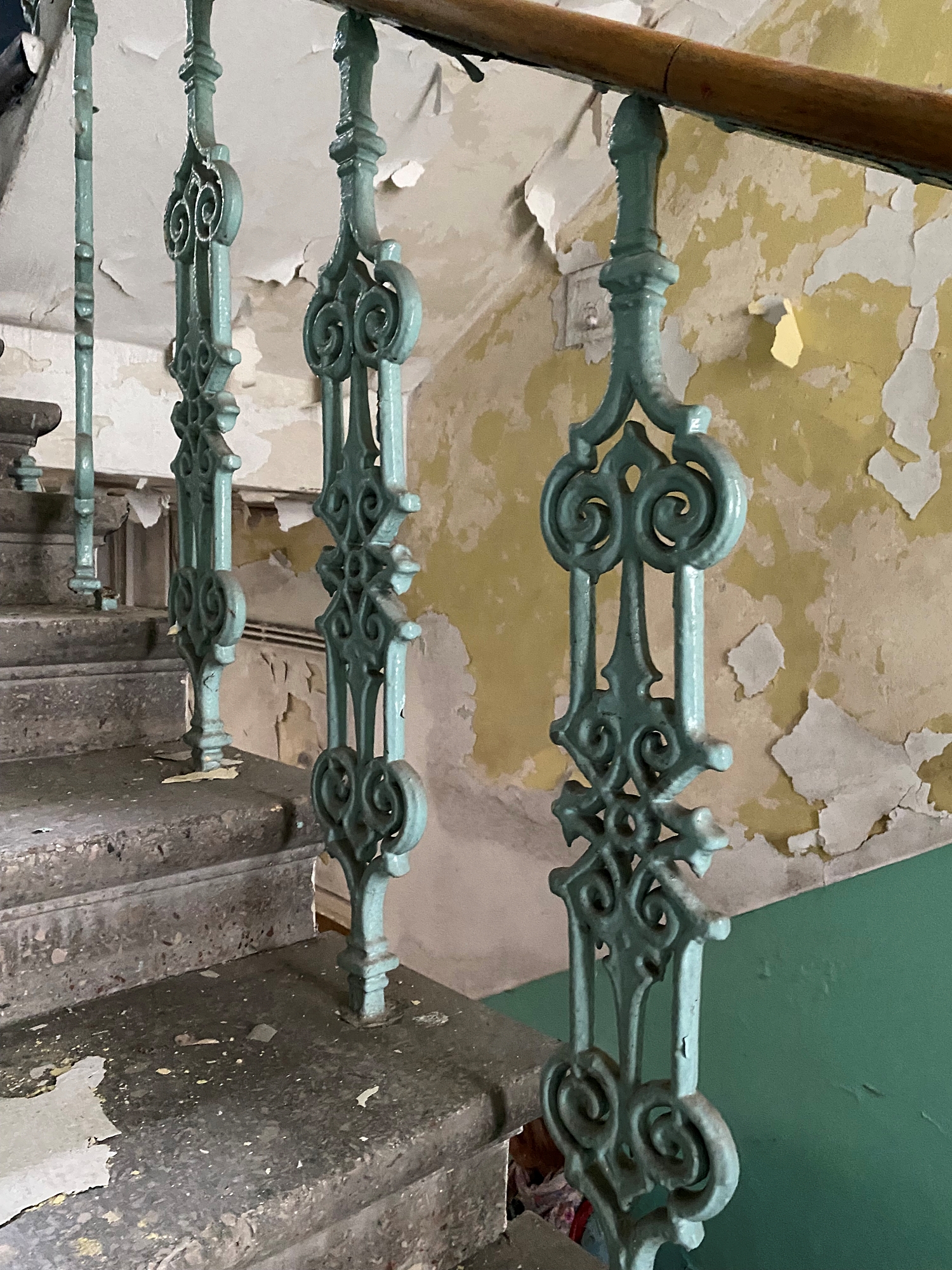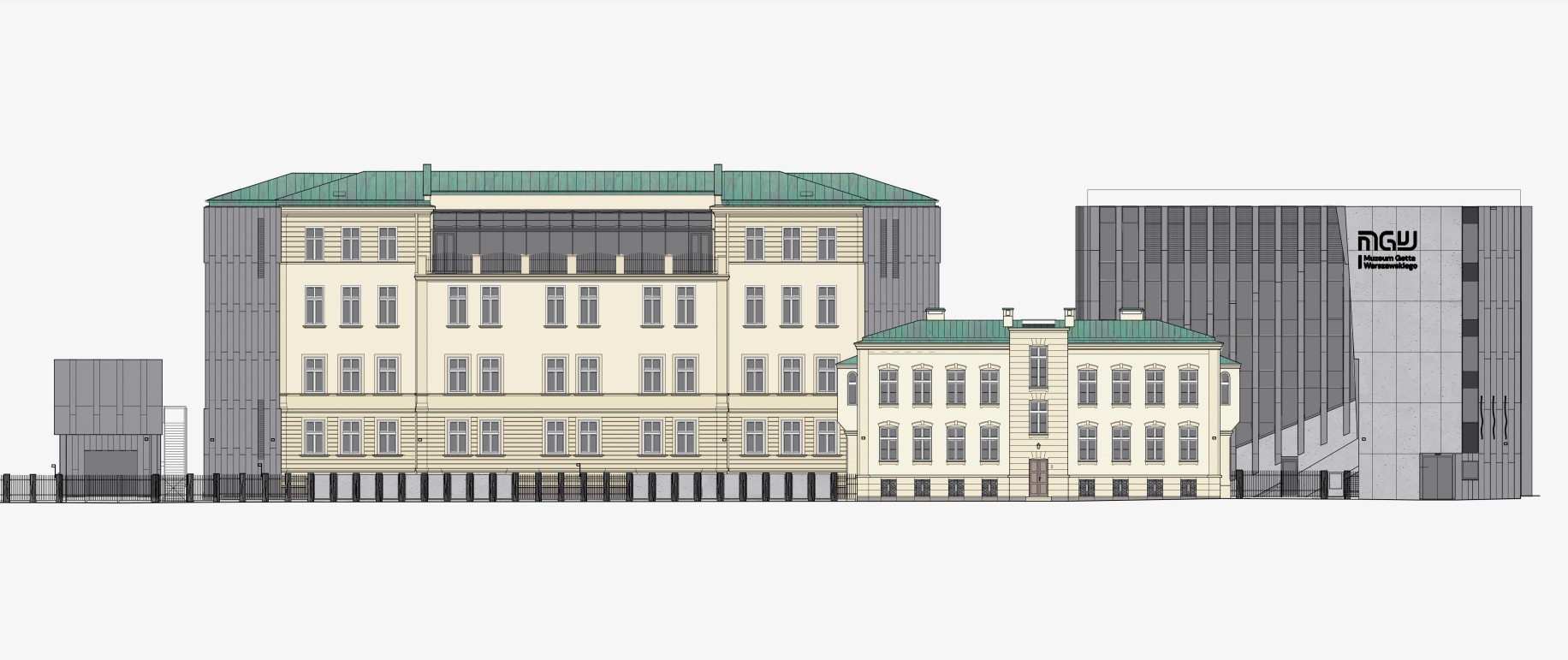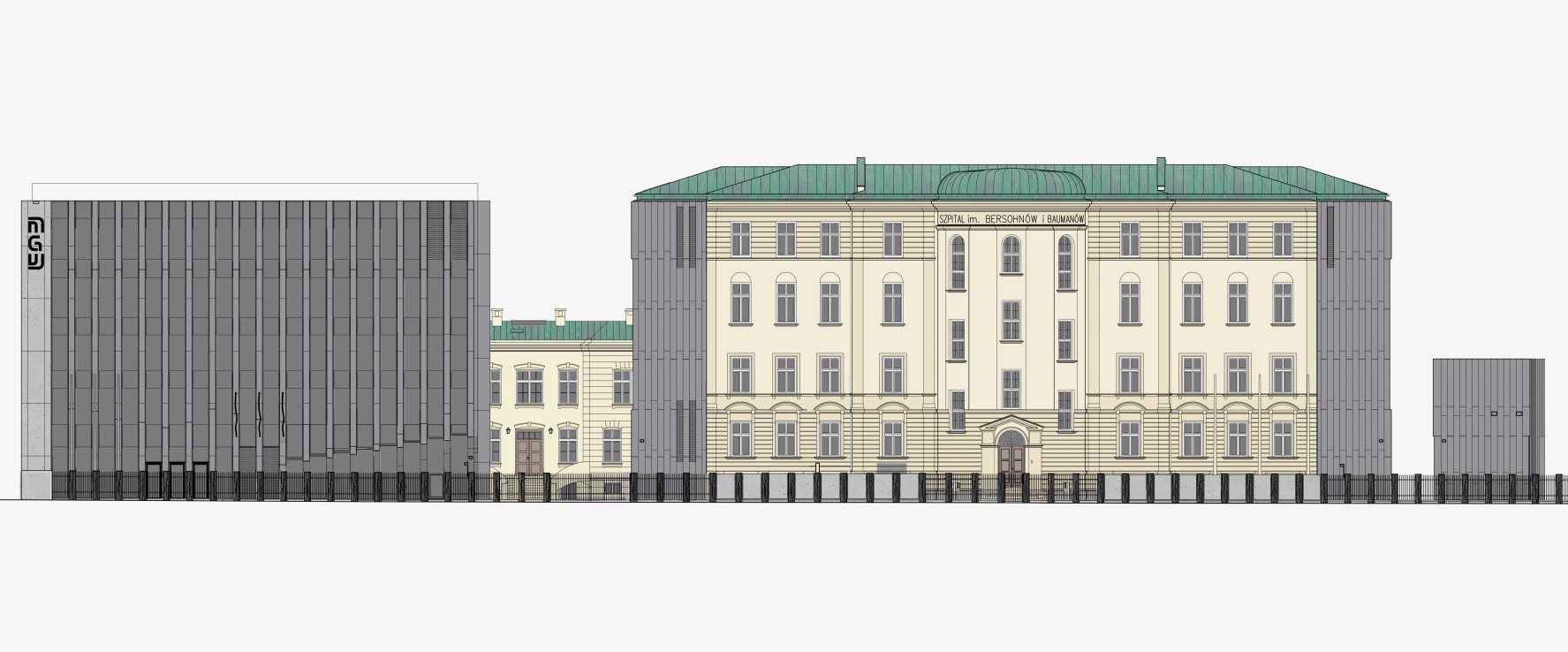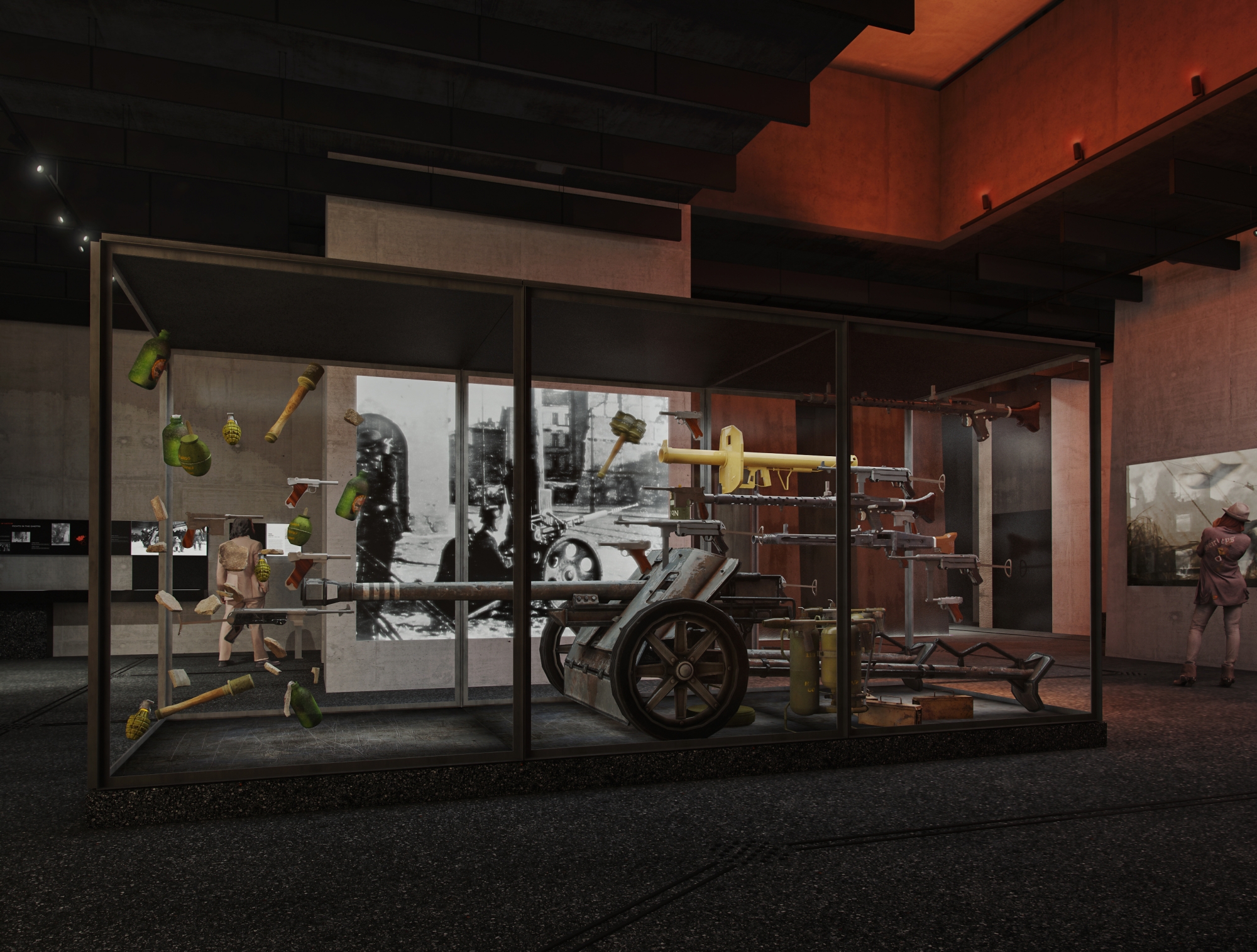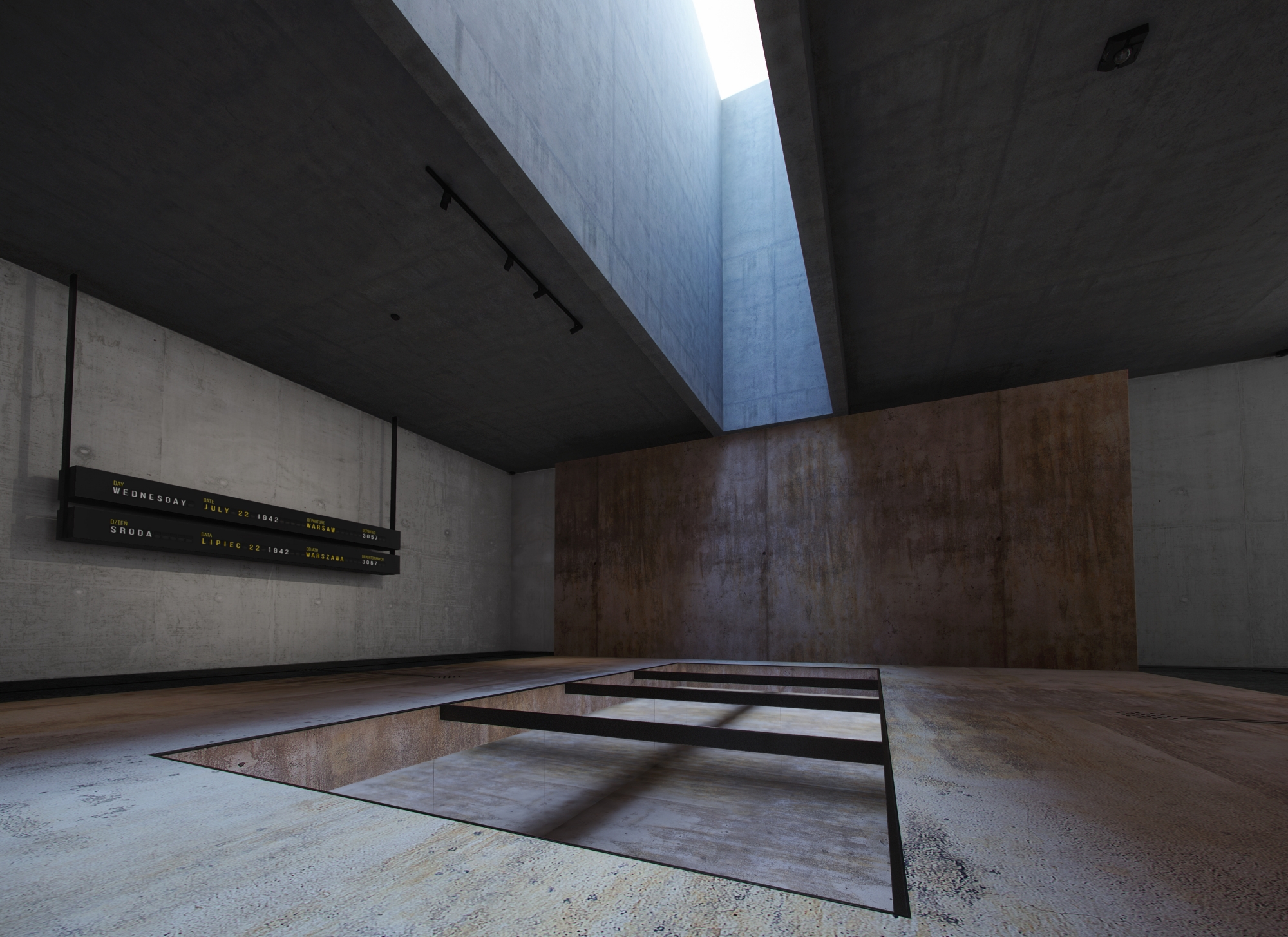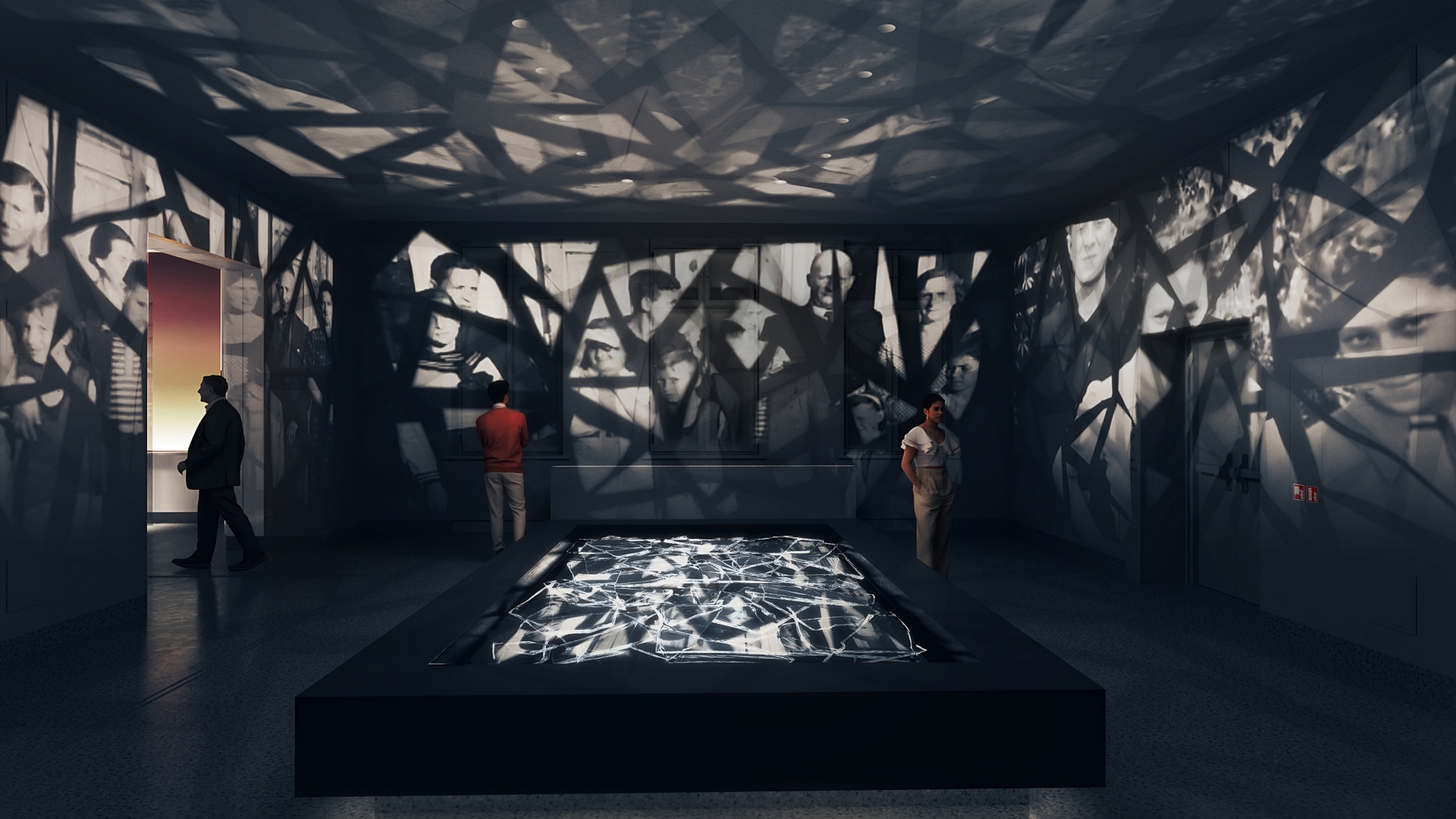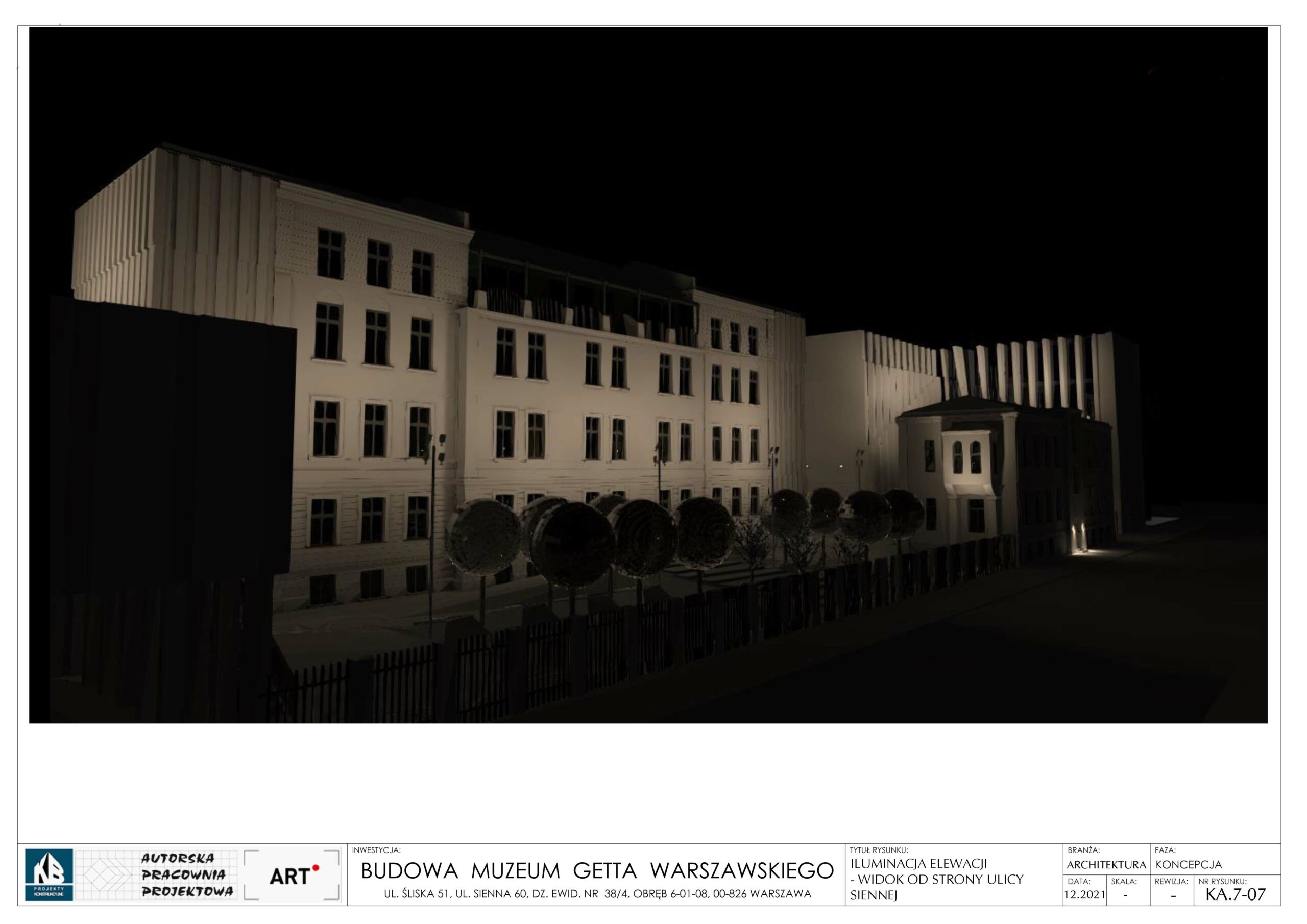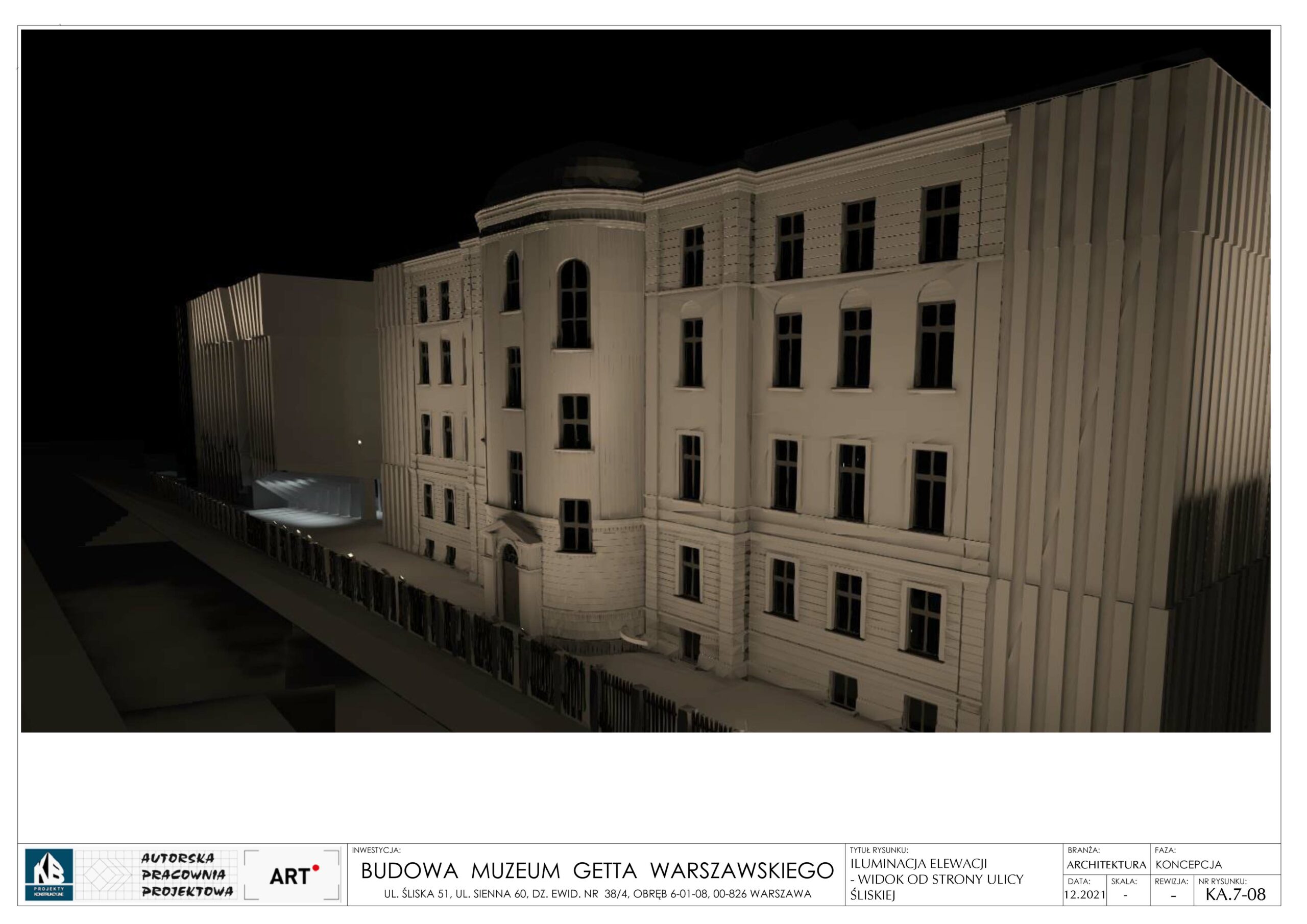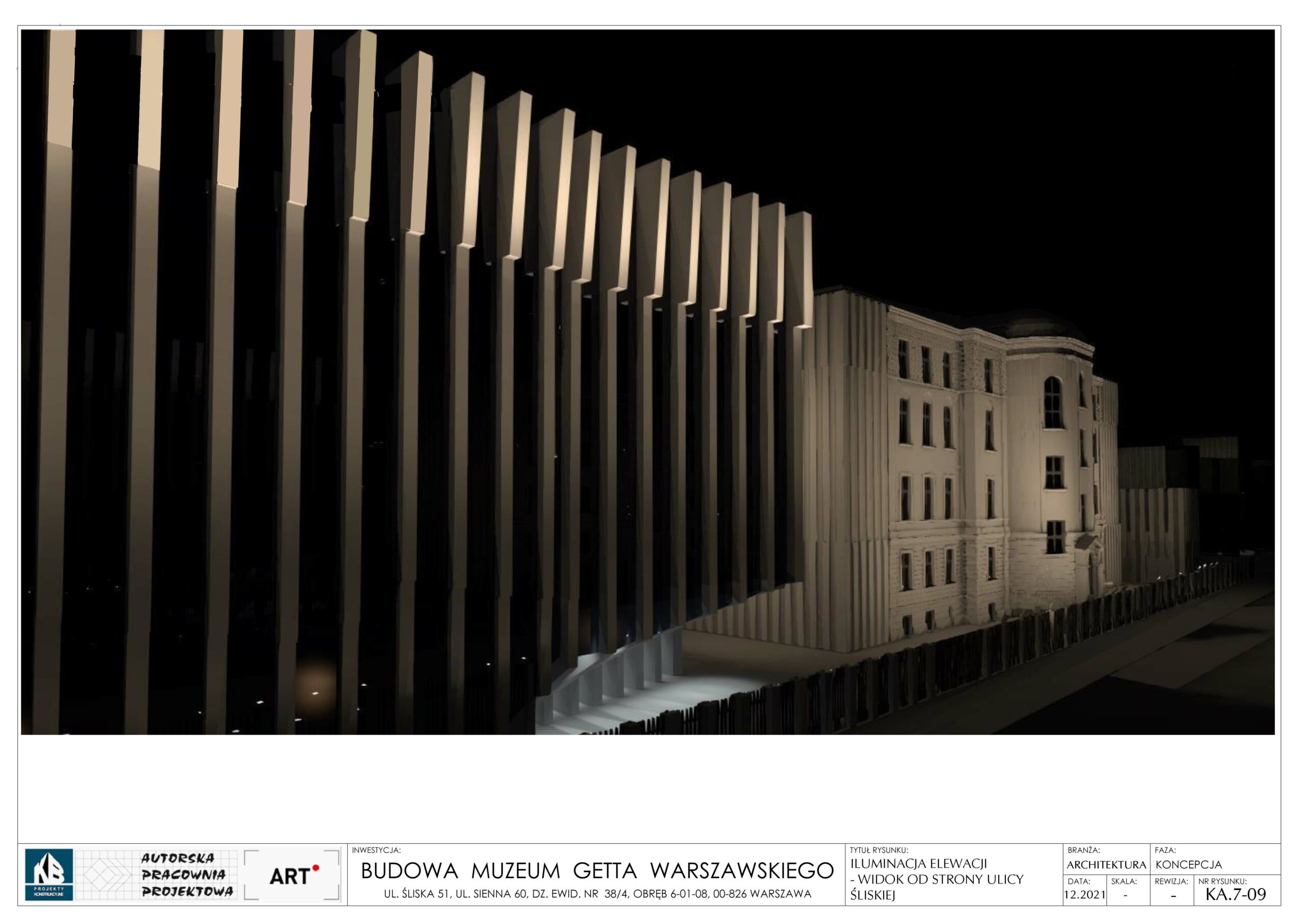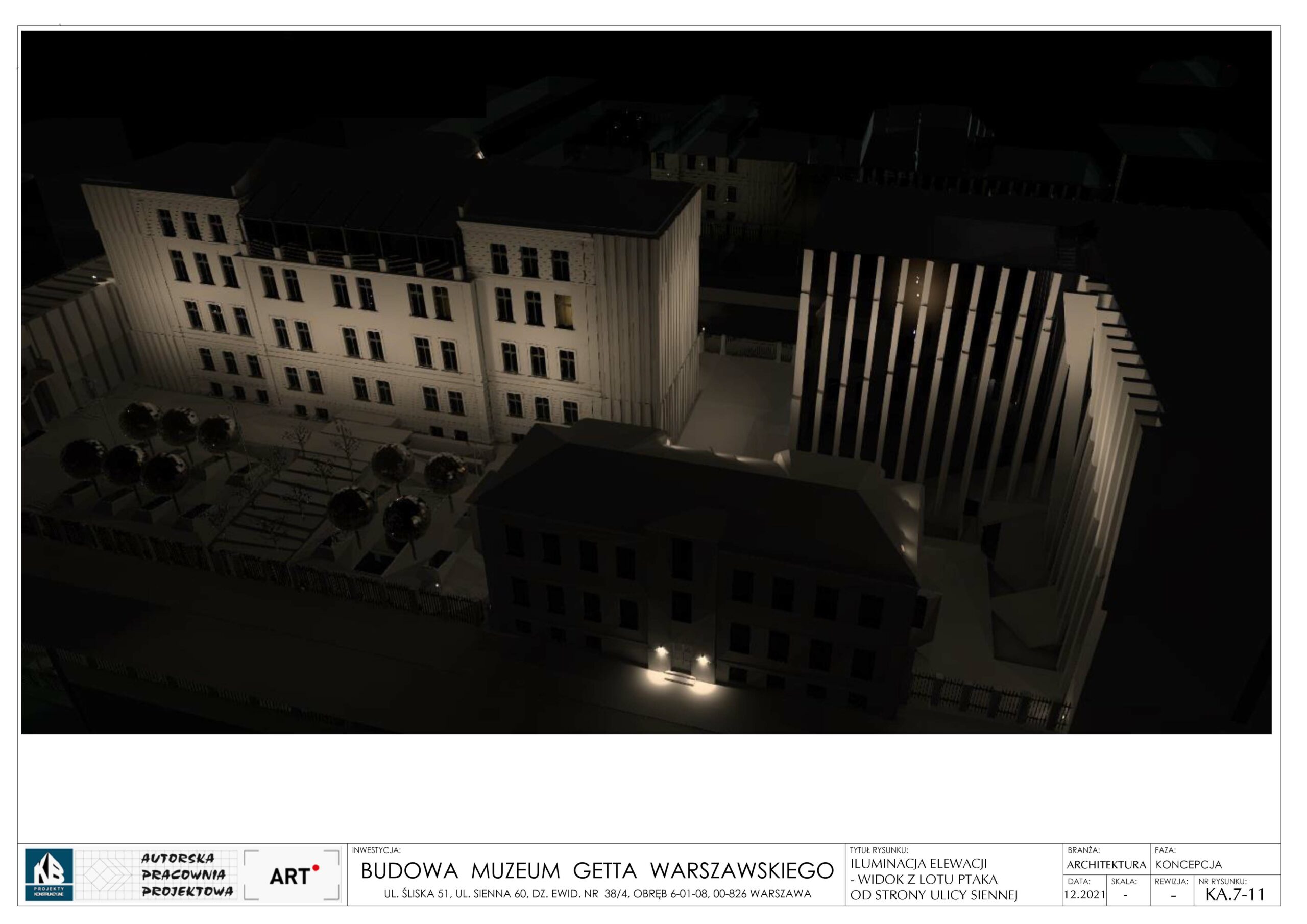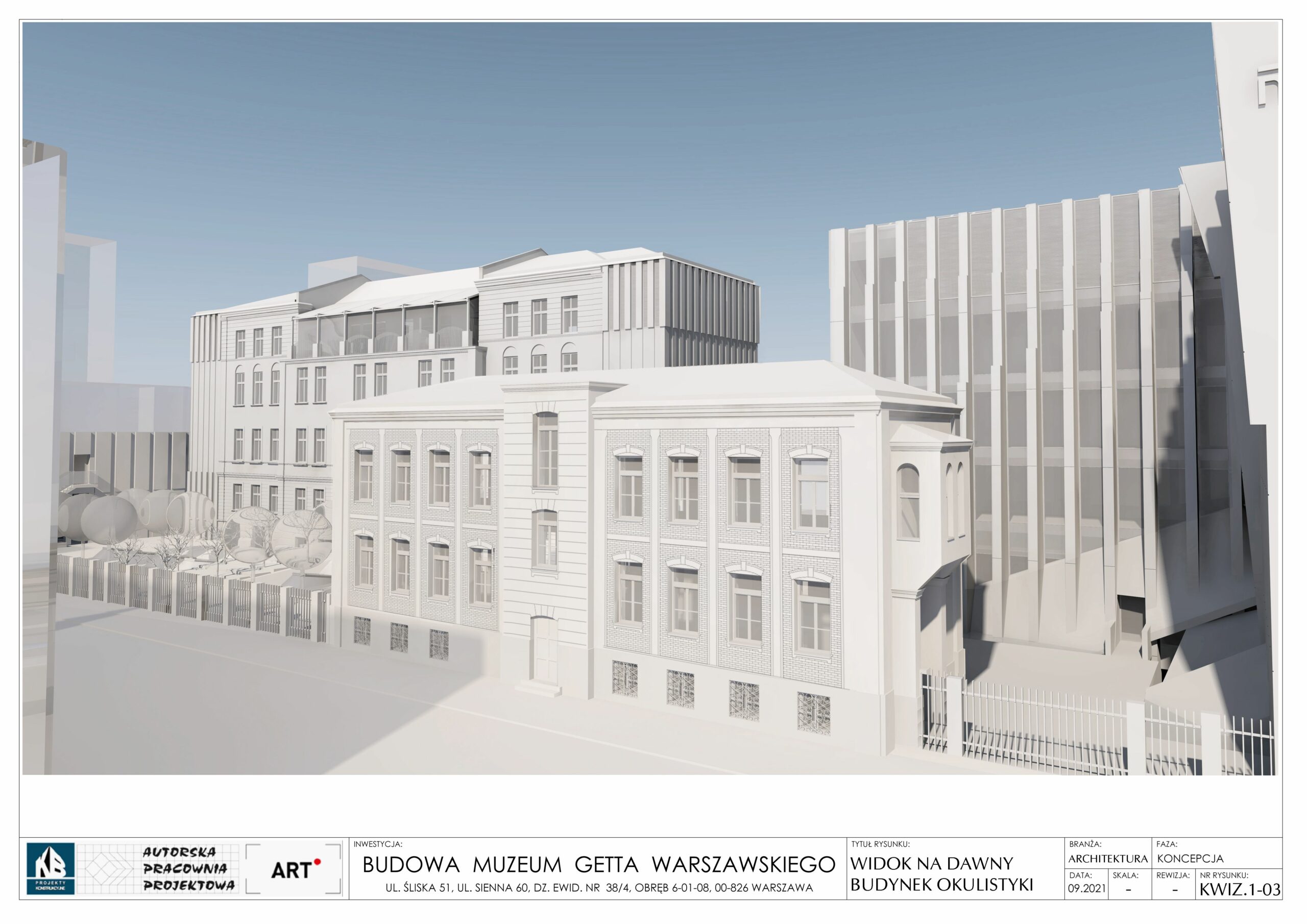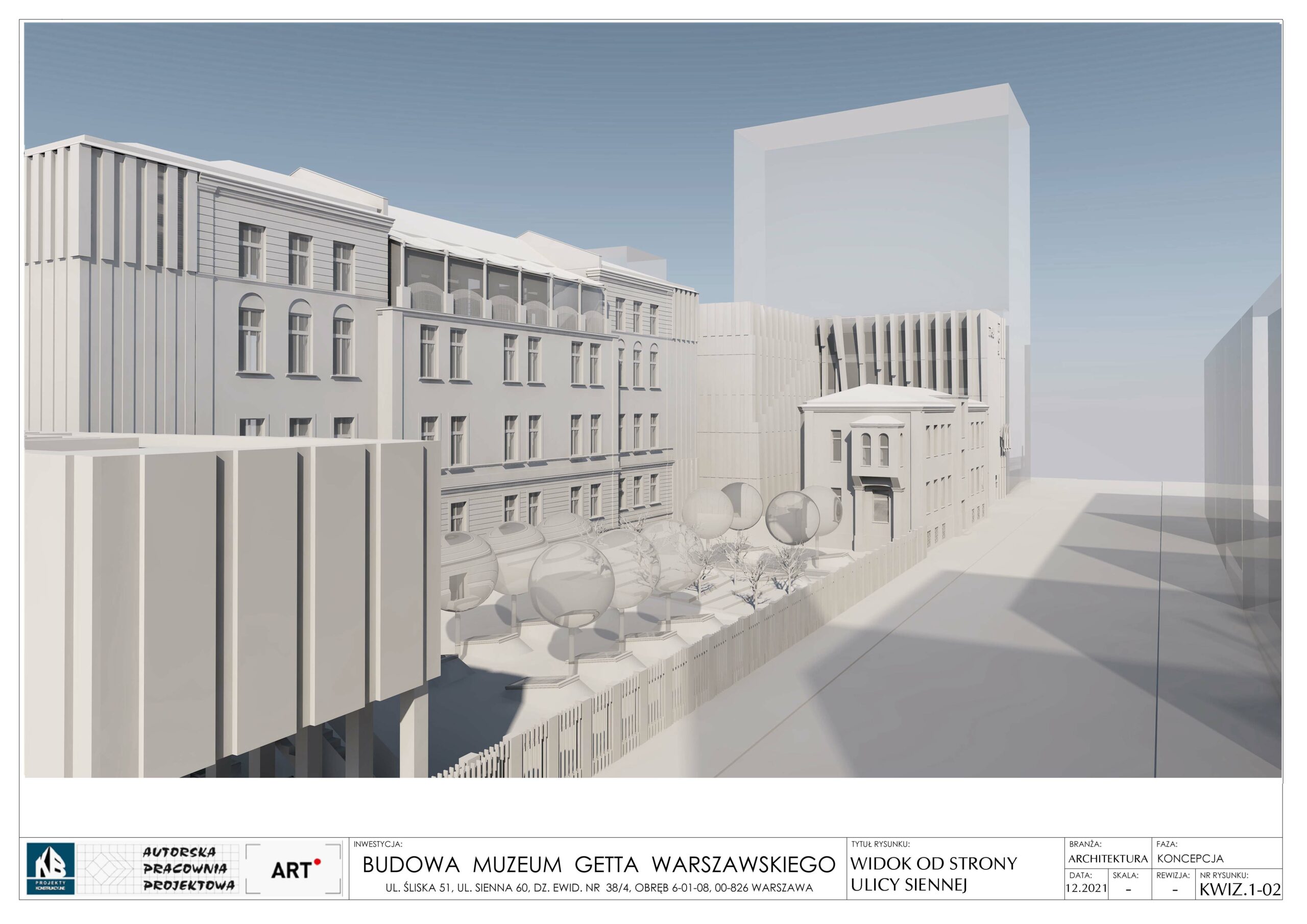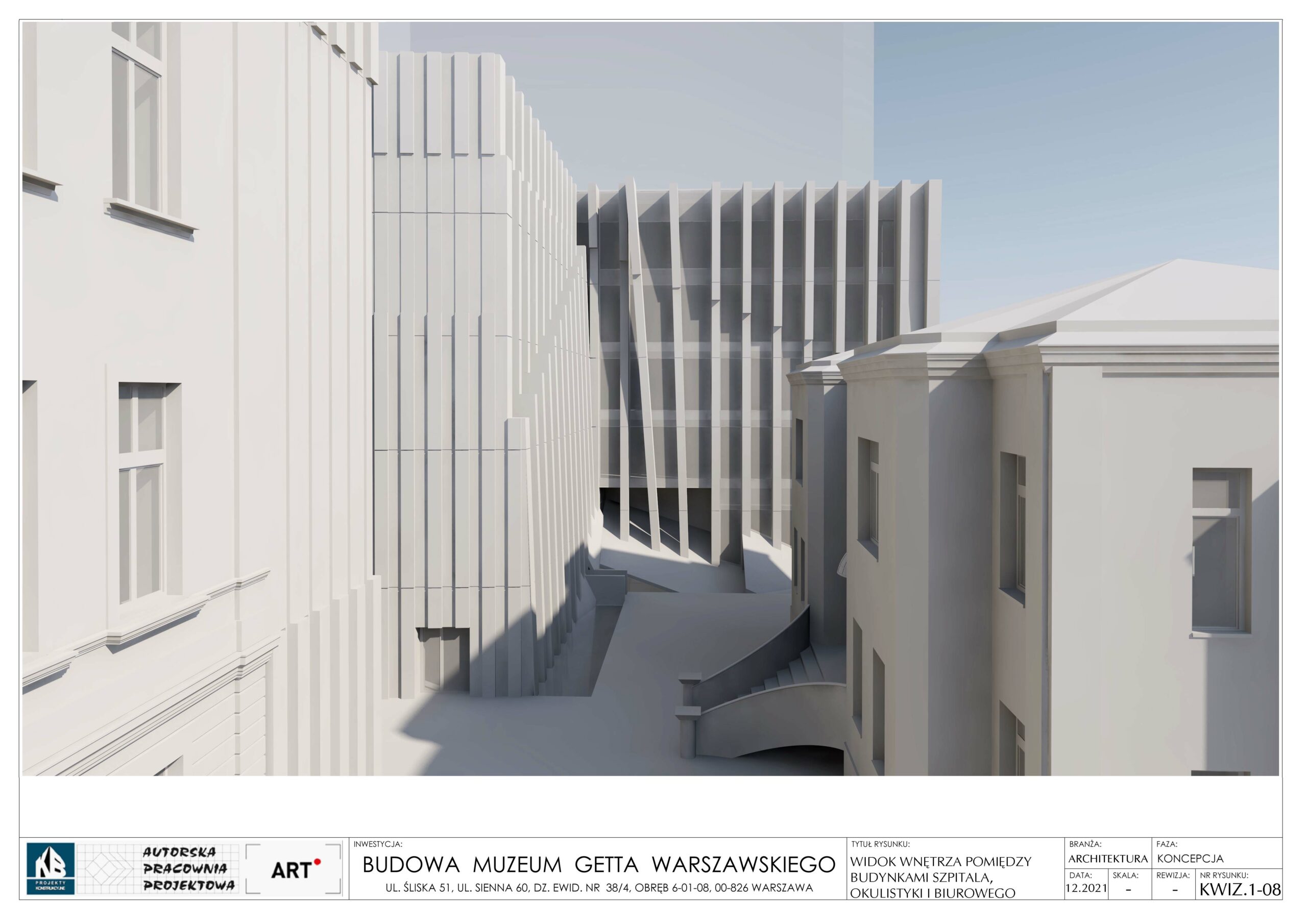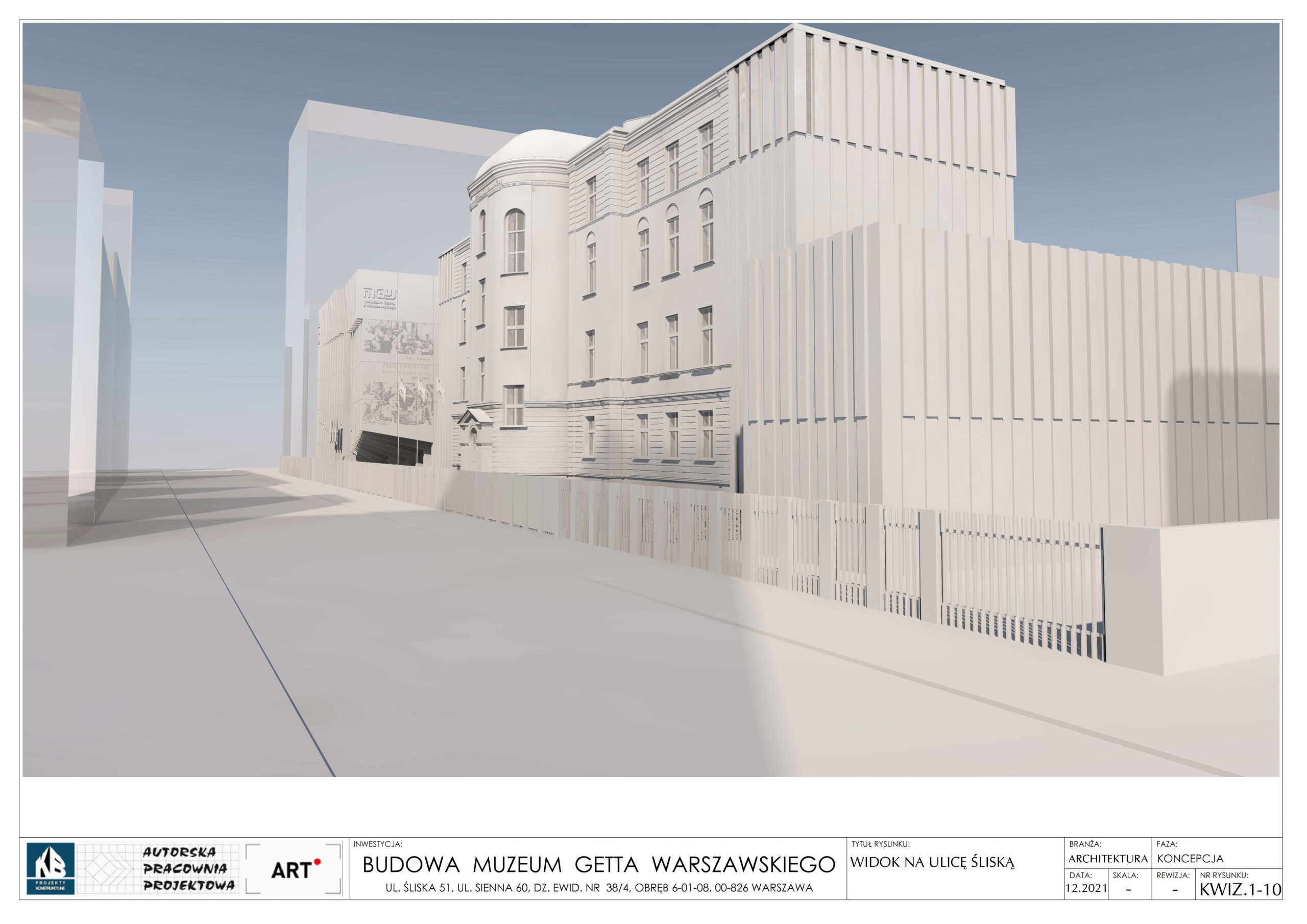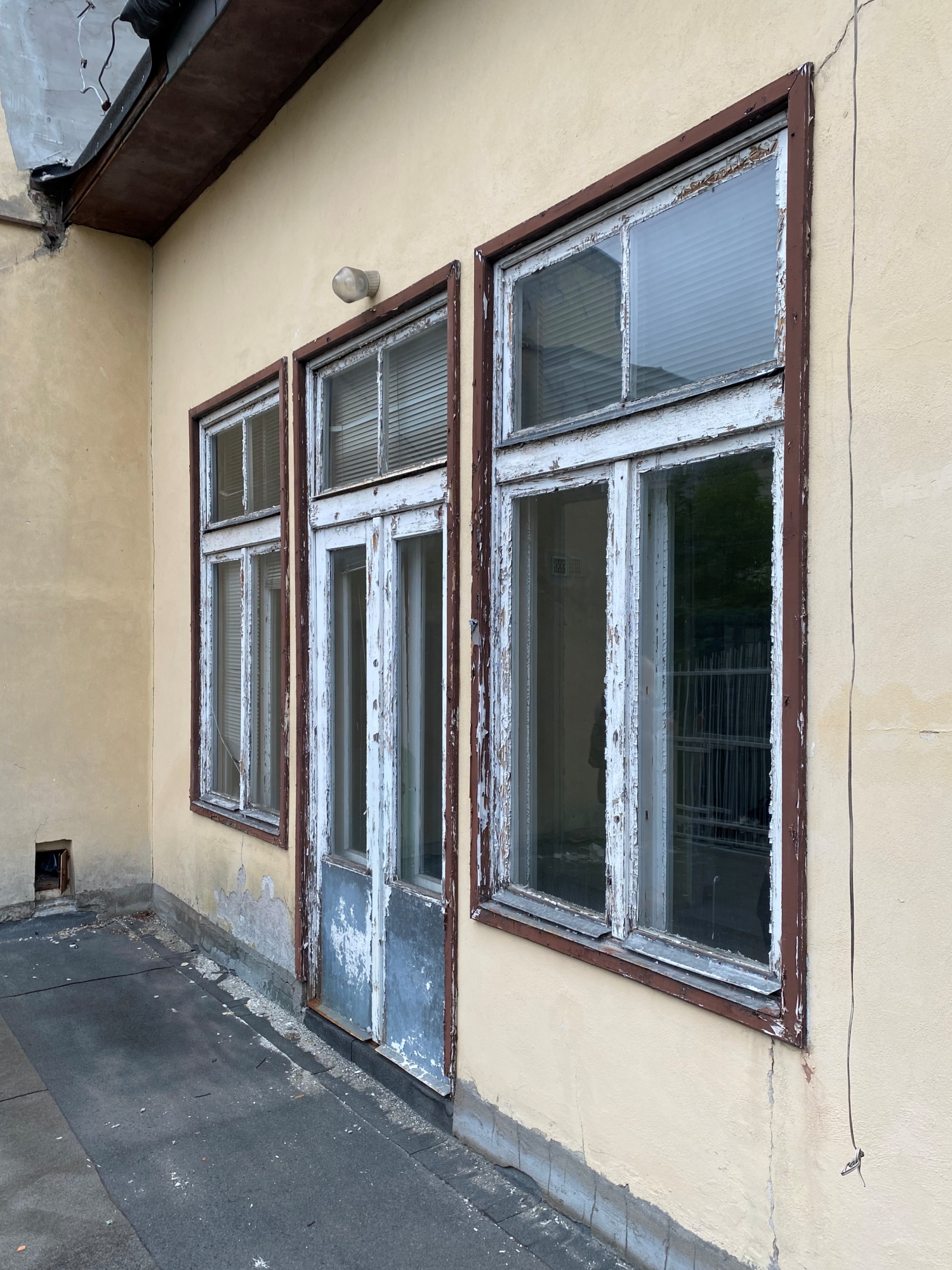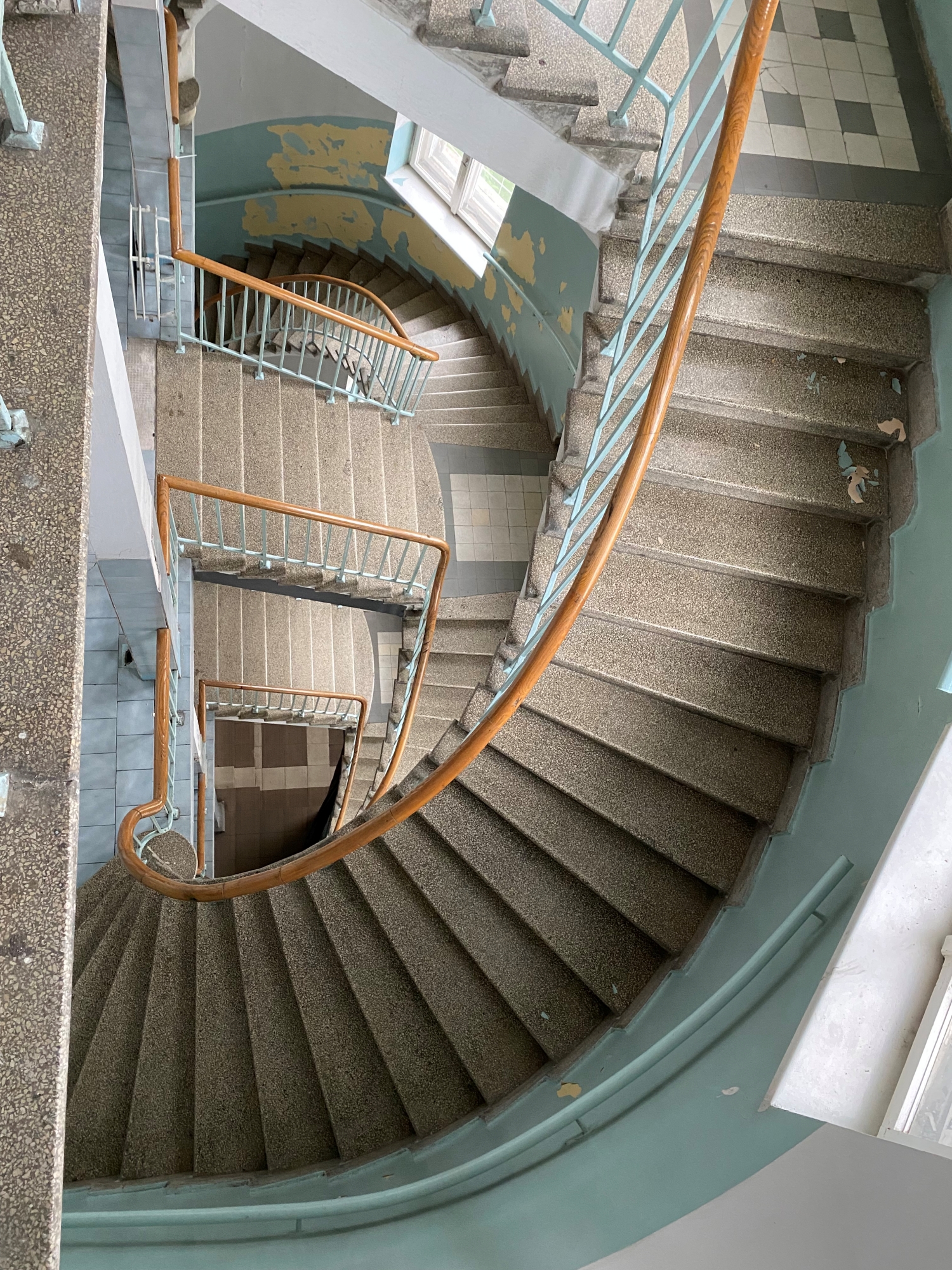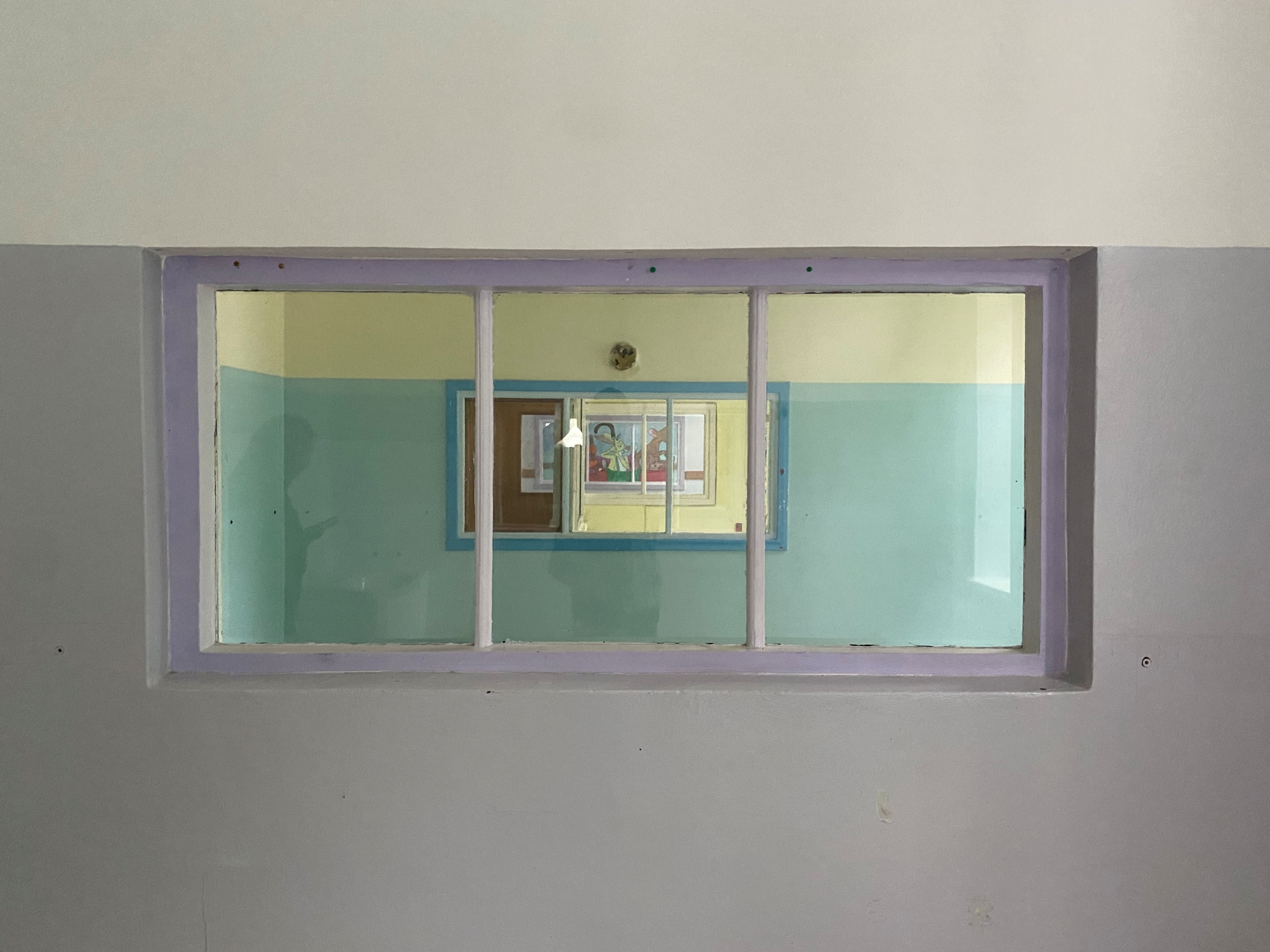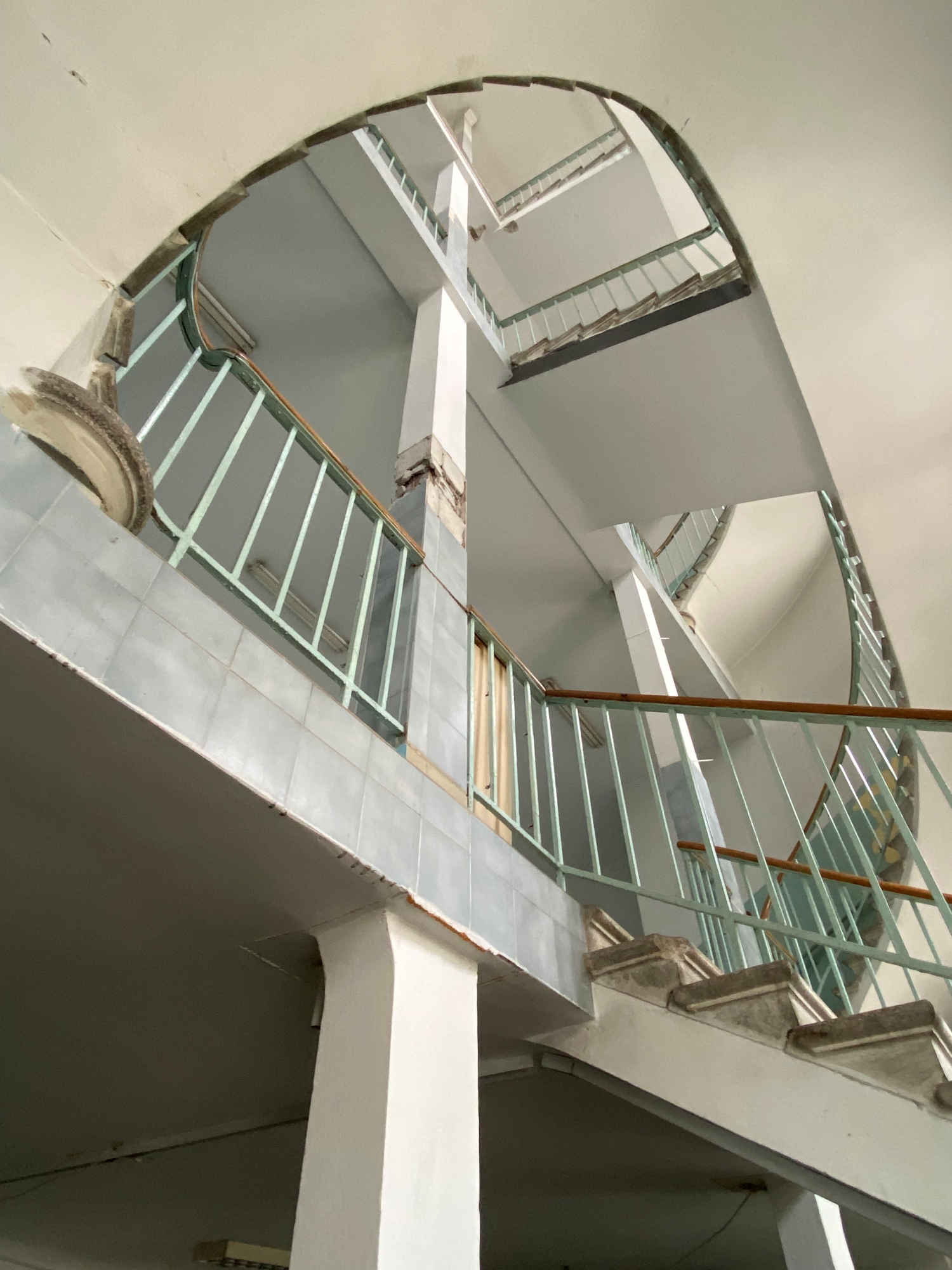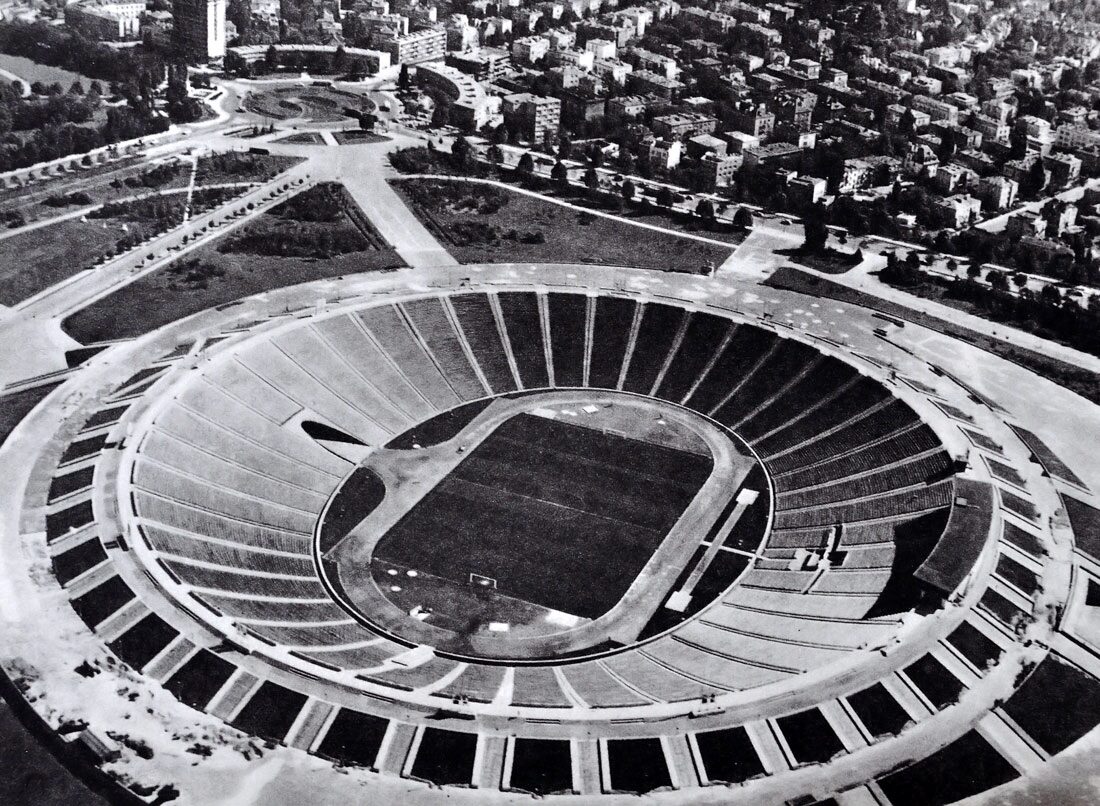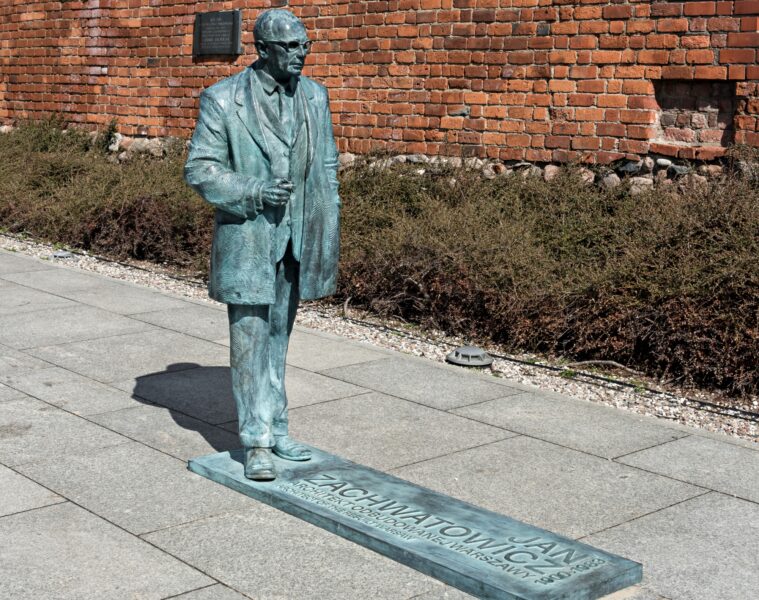Long-awaited construction work has just begun on the historic complex of the former Bersohn and Bauman Hospital on Sienna Street in Warsaw. The Directorate of the Warsaw Ghetto Museum has handed over the construction site to the general contractor.The project was carried out by Autorska Pracownia Projektowa Jerzy Wowczak
The building that will house the museum is a symbolic site. It was built by the Bersohn and Bauman Family Foundation, which wanted to create a place where all children – both Polish and Jewish – would receive free medical care. The exhibition at the Warsaw Ghetto Museum is to cover the years from the late 19th century, when the hospital was founded, to 1946. As part of the project, both the buildings and their surroundings will be rebuilt and refurbished
The post-hospital buildings. Photo: Warsaw Ghetto Museum
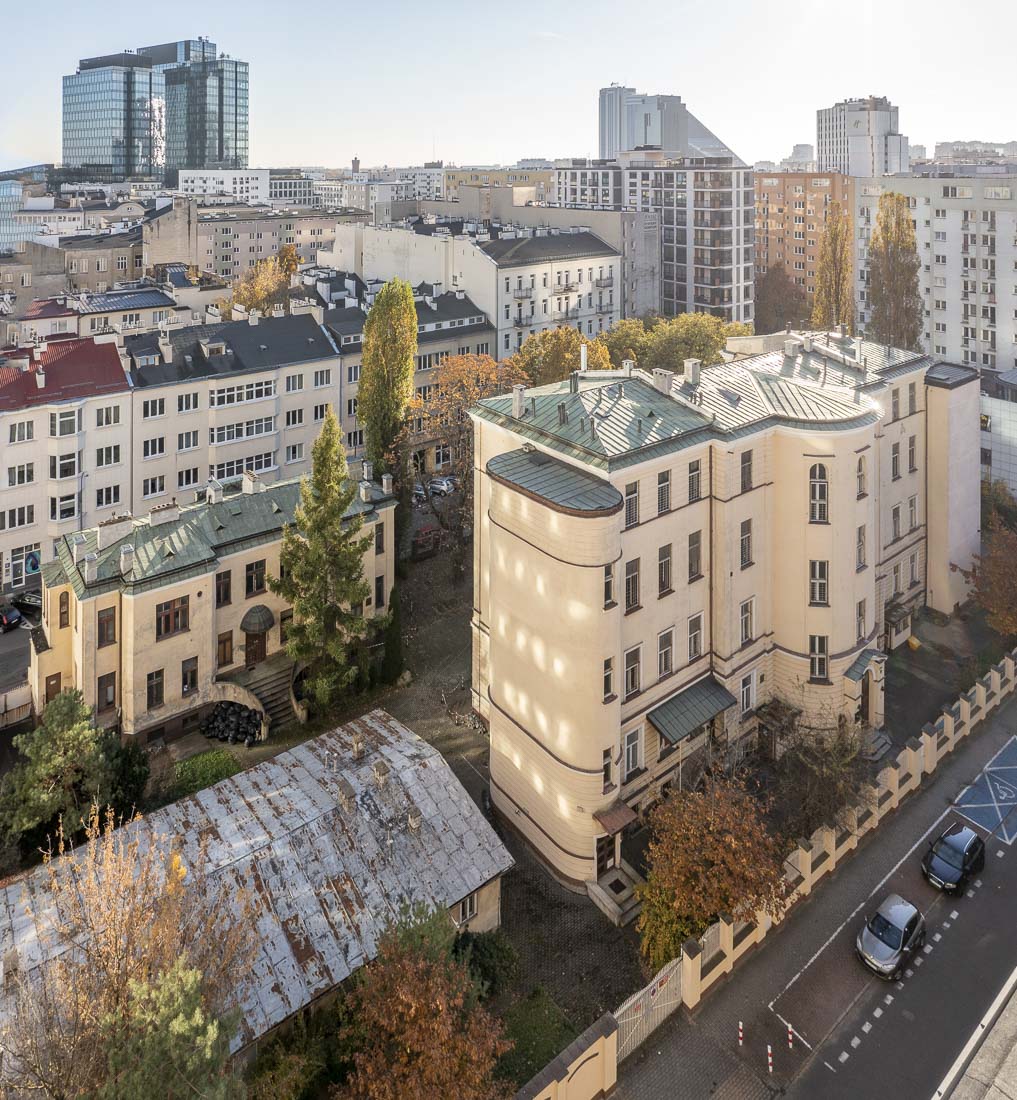
The Ophthalmology building will be adapted mainly for educational purposes. The Hospital building will be used as a permanent exhibition space. Elements of the architectural design will in many places relate to the character of the building, i.e. the hospital spaces, and will form the essential background for the designed exhibition display. The exhibition, including artefacts, is a collection of various objects from daily, cultural and religious life, through which the viewer will deepen his or her knowledge of former life in the ghetto during its various periods of operation. The now unique architectural ensemble accompanied the Jewish community of Warsaw from the late 1870s onwards. Hence, among others included in the scenario, the history of the hospital complex remains an important narrative motif and the leitmotif of the entire permanent exhibition, forming an integral part of it. The history of the building includes many chapters on, among other things, the hospital for Jewish children and the place in the Warsaw Ghetto where Jews fought for their lives. After the deportations and the liquidation of the ghetto, the hospital building played a role in the Warsaw Uprising in 1944, while in 1946 it briefly served as a place where researchers of the Central Jewish Historical Commission worked for the first time after the war. The rich, multifaceted history of the building brings together, as if through a lens, the fate of the Jews in Warsaw from the late 19th century to the post-war period,” says Joanna Dudelewicz, Deputy Director for Economics, Organisation and Investment
The hospital building in 1878 and 2023. Photo: whiteMAD/Mateusz Markowski and Mazovian Digital Library
The hospital building in 1930 and 2023. Photo: whiteMAD/Mateusz Markowski and NAC – National Digital Archive
The facility will be expanded with new rooms underground and in annexes. The new museum interiors will house, among other things, a reception area, cloakroom, bookshop, library, as well as the permanent exhibition of the Warsaw Ghetto Museum and an exhibition presenting the history of the liquidation of the Warsaw Ghetto, an amphitheatre room, scientific laboratories and conservation workshops. Exhibits will include the ‘Stroop Report’, containing the German version of the events of the Warsaw Ghetto Uprising, and a chest from the Ringelblum archive, donated by the Jewish Historical Institute
As Joanna Dudelewicz assures us, the interiors of the hospital building will be rebuilt, but the characteristic and striking staircase will be preserved and restored. The project team, after conducting an in-depth historical and architectural search, designed the restoration of the cupola over the bay window of the main staircase. The geometry there at the time was the so-called half-dome. As part of the construction and conservation work, the half-dome will be restored and covered with green patinated copper sheeting. Inside the staircase, the facade with its faceted cornice, delicate in its architectural expression, will be restored. The colour of the lamellas on the staircase according to the conservation expert’s report was determined on the basis of Dr Kramsztyk’s records. His records date from 1878 and refer to the first phase of the hospital. In the Ophthalmology building, only selected locksmith elements will be restored and subjected to conservation work. The existing staircase will be rebuilt due to the catastrophic condition of the existing load-bearing elements. As part of the design work, extensive analysis was carried out regarding the management of greenery, including the treatment regime for the existing stand of trees and shrubs. Due to the fact that not only the buildings but also the entire site are listed in the register of historical monuments, the mode of dealing with the existing greenery had to be supported by a conservation decision. Only the yew trees on the plot will be replanted.The trees indicated in the decision to be replanted and the trees constituting compensatory plantings will find their place in the palace park of the King John III Palace Museum in Wilanów
The hospital library before and after the demolition of the furniture. After conservation, they will return to their place. Photo: whiteMAD/Mateusz Markowski and Okno na Warszawę
A tour of the building is intended to be a deeply historical journey that will begin on the top floor of the former hospital and descend lower and lower until we reach the underground, where we will learn the most harrowing stories from the Warsaw Ghetto. The museum’s mission is to disseminate knowledge about the life, struggle and extermination of Polish Jews in the Warsaw Ghetto and other ghettos in German-occupied Poland. The aim is to create a permanent exhibition collecting archival material, artefacts and testimonies of memory, and to draw on the achievements, experiences and resources of Polish and foreign institutions dealing with the subject of the ghetto
The hospital complex was built at 60 Sienna Street and 51 Śliska Street in the years 1876-78 to a design by Artur Goebel. The construction was initiated by the Bersohn and Bauman families. The main hospital building was gradually modernised and extended over the years. It was there that the famous doctor Janusz Korczak worked. When World War II broke out, the facility was incorporated into the capital’s hospital structures and then closed. During the war, the hospital buildings were almost 60 per cent destroyed. After the war, the rebuilt edifice changed hands. Until 2014, the Children of Warsaw Regional Hospital for Infectious Diseases operated there, but the poor technical condition of the building did not allow it to continue to be used for this purpose
As planned, the first visitors will be able to visit the museum in 30 months
Source: Warsaw Ghetto Museum, rmf24.pl
Read also: Architecture | Renovation | Monument | History | Museum | Warsaw


